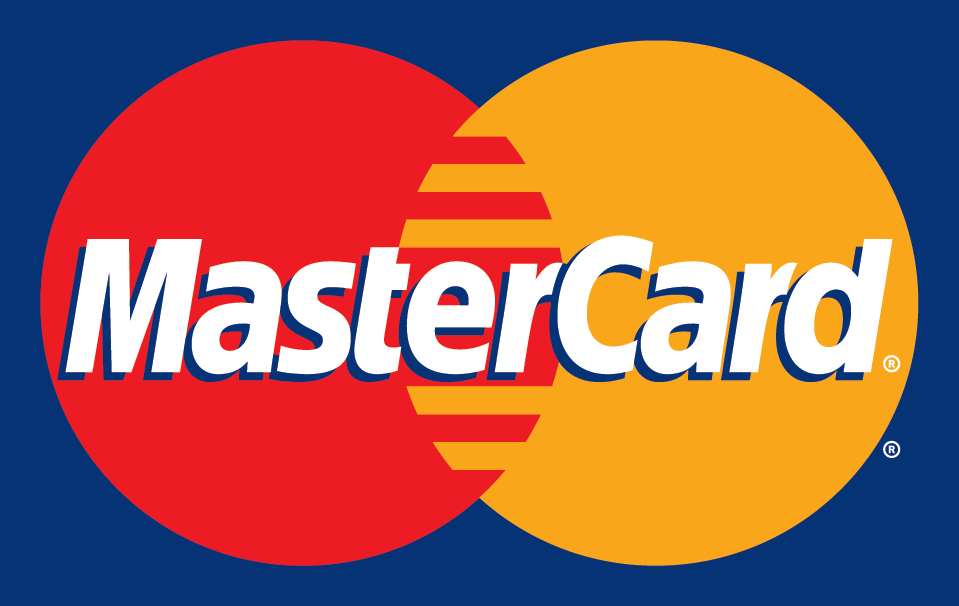Since 2004, TekWay Tactile Warning Tiles have been considered ‘The Perfect Fit for any Project’. Designed to conform to the US Americans With Disabilities Act (ADA) TekWay tiles possess the perfect combination of outstanding physical properties, aesthetics and ease of installation. All TekWay products are backed by an authentic commitment to customer service.
Trans Canada Traffic offers a full complement of TekWay High Performance Tactile Warning Tiles, which are fully compliant and right for any job large or small. These durable, aesthetically pleasing domes are available in almost all natural and US federal colors, sizes, dome spacing as well as custom shaped tiles.
If you are looking for a custom color, size or layout that hasn’t been designed yet, we are glad to offer our services. All TekWay tiles are economically-priced and are by far the best buy when you consider the lifetime of your project.
|
Click on the thumbnails below |

Nanotech Materials |
 |
TekWay Tactile Warning Tiles are designed with nano-engineered technology to achieve a combination of physical, chemical and mechanical properties that surpasses standard concrete or plastic. Nano Tech Materials makes it possible to form perfectly defined domes, retain color throughout and tolerate severe weather conditions. |
| The low water absorption rate of less than 0.09% (standard concrete has over 5%) and the compression strength of greater than 16,800psi (standard concrete is ~3,500psi) together enable TekWay High-Performance ADA Domes to withstand the elements, resists deterioration and deliver compliant and reliable warning and direction to the visually impaired for years to come. |
Applications
|
Intersectons |
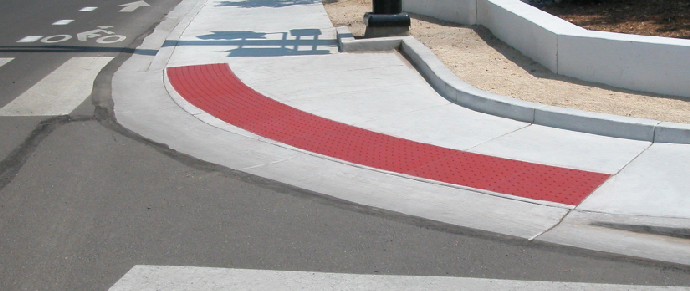
|

|
Intersections are rarely uniform in size or shape, and are a staple of detectable warnings. They provide a detectable warning at all corners of an intersection of roads, usually at the base of a ramp leading onto the street, providing safety for visually impaired pedestrians. |
| |
|
Midblock |
|
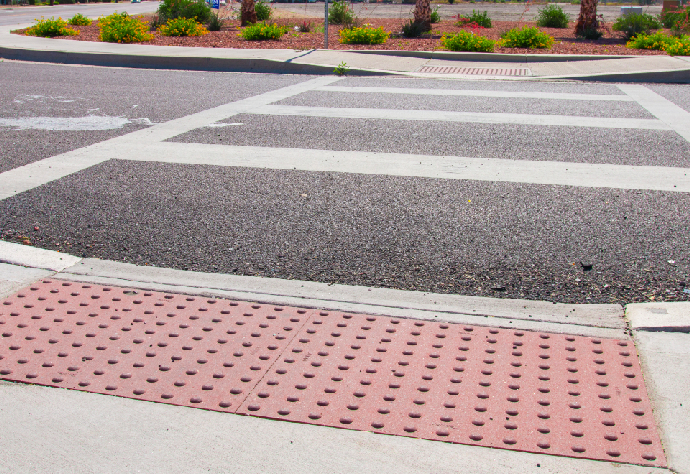 |
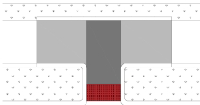 |
Midblock is a general term describing the transition from a safe walking area onto a vehicular path, located midway on a path. These are unique to each location, and are generally found near parks or large public attractions. For pedestrians these are especially important, as they usually are located at seemingly impromptu spots along a safe walking path. |
| |
|
Islands and Medians |
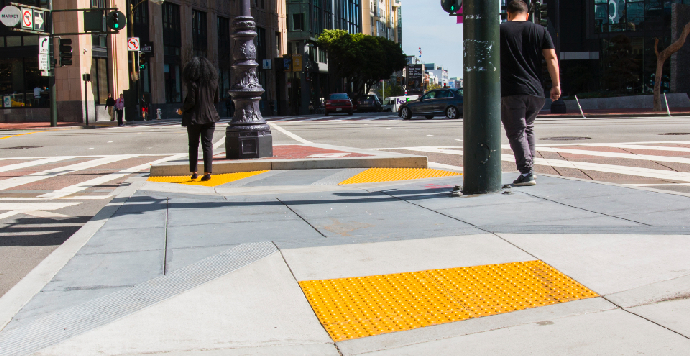 |
 |
Located midway between the two sides of a large intersection, islands provide a refuge on large thoroughfares for pedestrians to wait for the next crossing signal. These are very important on busy roads, allowing the visually impaired a safe haven from heavy traffic. |
| |
|
Flush Transitions |
|
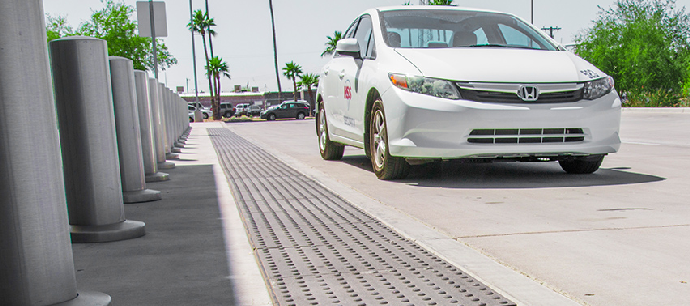 |

|
Flush transitions is an overarching category of detectable warnings that lie in the transition from two areas of the same elevation. Normally, curb ramp detectable warnings are between two different elevations (e.g. from sidewalk to street), but often the difference between a safe walking area and dangerous vehicular path does not change in elevation. |
| |
|
Transit Platforms |
|
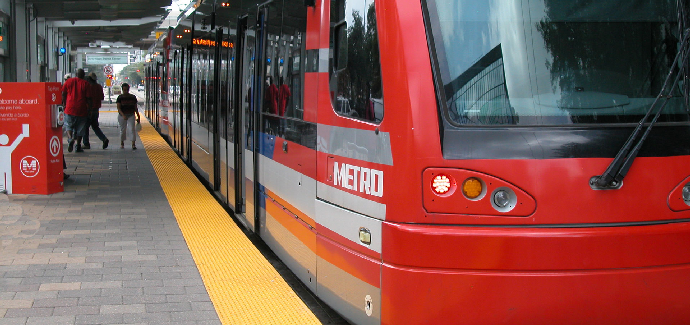 |
Bullnose
TekWay manufactures detectable warning domes for both platform edge and recessed designs. Both the straight edge tile and the popular bull-nose edge are available in staggered and in-line patterns. The bull-nose was designed for platform edge installations to minimize the impact of chipping and breakage caused by heavy wheeled carts and mobility devices. The bull-nose edge provides a smooth transition from the platform to the train.
Straight Edge
Straight edge tiles are commonly used at bus and streetcar stops where the tiles are installed in the sidewalk behind the curb line. The tiles will extend to the length of the boarding area of the bus or streetcar.
|
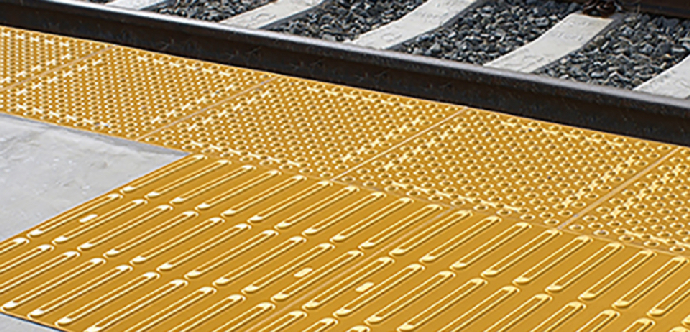 |
Navigational / Directional Bars
The Directional Tile surface consists of raised bars aligned in the direction of the path of travel which can assist in locating the entrance to light rails, trains, and bus stops. Directional and Navigational Bars were developed for municipalities in California to be installed within the streets and parallel to crosswalks to safely guide those with low vision along routes where other visual cues or points of reference are nonexistent. |
| |
|
| |
|
| |
|
| |
|
|



